1. Forced Assimilation Was Brutal and Calculated
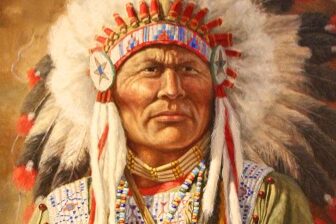
Boarding schools weren’t just about education—they were tools of erasure. Native children were taken from their families, forbidden to speak their languages, and often subjected to abuse. The scars of this systemic violence are still felt in Native communities today.
2. Native Resistance Was Constant, Not Occasional
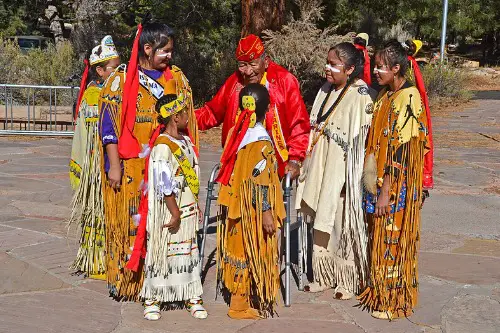
The narrative often frames Native Americans as passive victims, but resistance was fierce and ongoing. From early wars like King Philip’s War to modern movements like #NoDAPL, Indigenous people have always fought back against oppression.
3. The United States Was Built on Broken Treaties
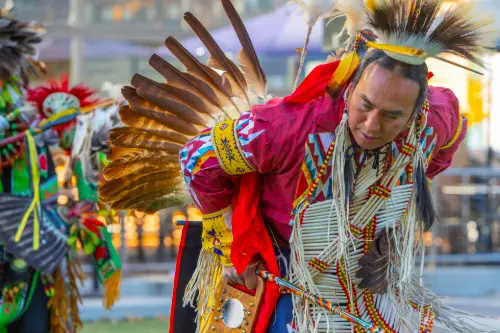
The U.S. government signed hundreds of treaties with Native nations, promising land and protection. Almost every single one was violated. These treaties weren’t just agreements—they were lifelines to sovereignty, systematically ignored to benefit expansion.
4. Genocide Isn’t Just a Strong Word—It Happened
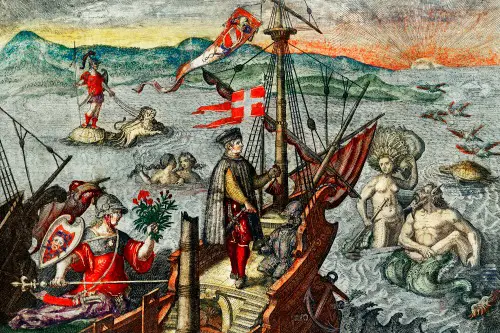
Many history books sidestep the sheer scale of Native population loss. Diseases brought by Europeans wiped out up to 90% of Indigenous populations, and intentional massacres like Wounded Knee left scars that still resonate today. Genocide isn’t just a dramatic term—it’s an accurate description.
5. Native Cultures Were Criminalized for Generations
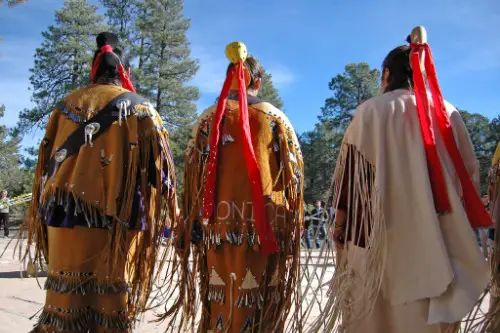
Imagine your spiritual practices being declared illegal. For over a century, the U.S. government banned Native religious ceremonies like the Sun Dance, branding them as “savage.” These bans were finally lifted in 1978 with the American Indian Religious Freedom Act.
6. Land Theft Wasn’t Ancient History—It’s Ongoing
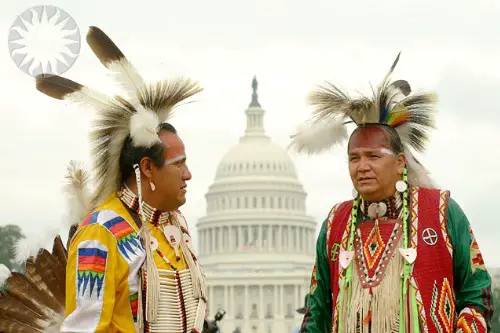
Many think of land theft as something that ended in the 1800s, but Native lands are still under threat. From pipeline projects like Dakota Access to mining on sacred grounds, the fight for land sovereignty is very much alive.
7. Indigenous Slavery Was Widespread but Overlooked

When we talk about slavery in America, the focus is usually on African Americans. But Native Americans were also enslaved in large numbers during the colonial period, forced into labor on plantations and missions across the Americas.
8. Native Americans Were Here Long Before “Discovery”
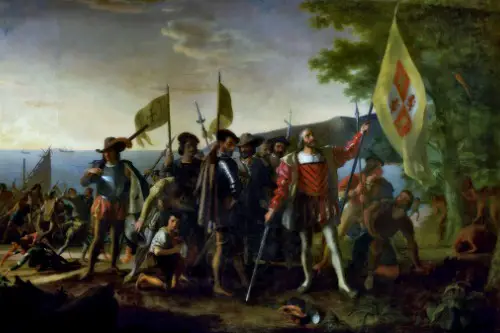
The idea that Christopher Columbus “discovered” America erases the fact that millions of Indigenous people had been living here for thousands of years. They built civilizations with complex governance, trade, and culture, and didn’t need “discovery” to exist.
9. Native Contributions to Democracy Are Overlooked
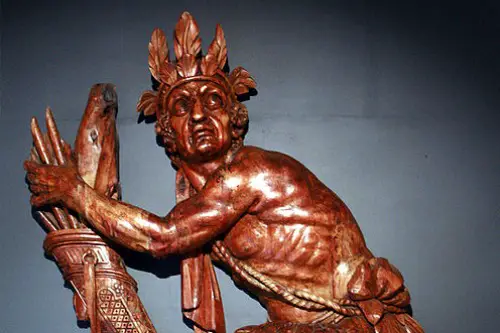
The Founding Fathers didn’t come up with democracy in a vacuum. They were inspired by the Iroquois Confederacy, which had a sophisticated system of governance long before Europeans arrived. Yet this influence is rarely acknowledged in U.S. history books.
10. Reservation Poverty Is Engineered, Not Accidental
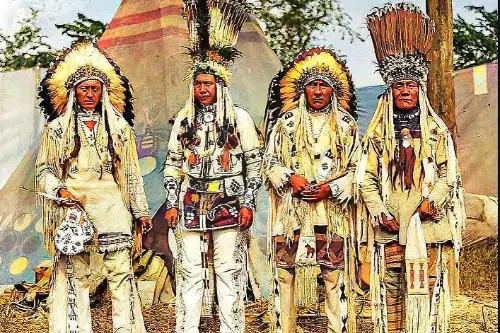
The conditions on many reservations aren’t a fluke—they’re the result of systemic neglect. Underfunded healthcare, limited economic opportunities, and lack of infrastructure were created by policies that ignored or actively marginalized Native communities.
11. Native Americans Are Diverse, Not a Monolith

There are over 570 federally recognized tribes in the U.S., each with its own unique culture, language, and traditions. Yet mainstream portrayals often lump all Native people into a single, homogenized image that doesn’t reflect their diversity.
12. Native Women Face Alarming Violence Rates

Native women are disproportionately affected by violence, with murder rates ten times the national average in some areas. This crisis, often tied to jurisdictional loopholes, is an ongoing issue that demands greater attention.
13. Native Americans Are Still Here and Thriving
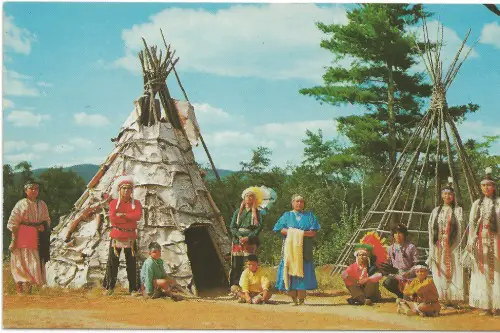
Despite everything, Native Americans are not relics of the past. From cultural revitalization to political activism, Indigenous communities continue to shape the future. They are artists, leaders, and educators, redefining what it means to be Native in the modern world.


